Walnut Plant for Agriculture – Walnut Trees for Farming, Latest Price
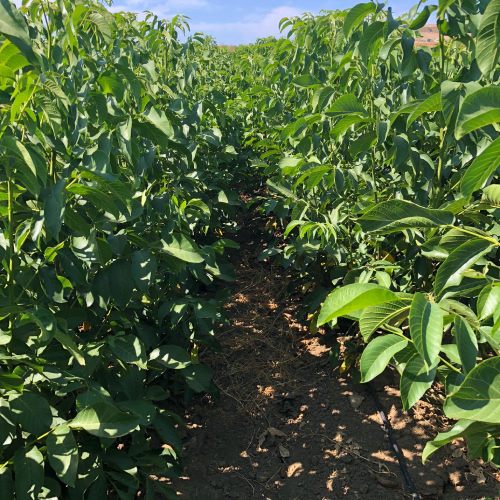
Walnut Plant for Agriculture – Walnut Trees for Farming, Latest Price
Get Quote

Franquette Walnut Sapling | Walnut Fruit Tree, Production, Varieties, Price
Get Quote
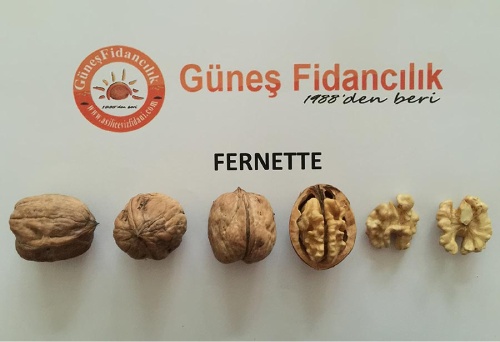
Fernette Walnut Sapling - Varieties, Tree and Plants | Gunes Nursery Turkey
Get Quote
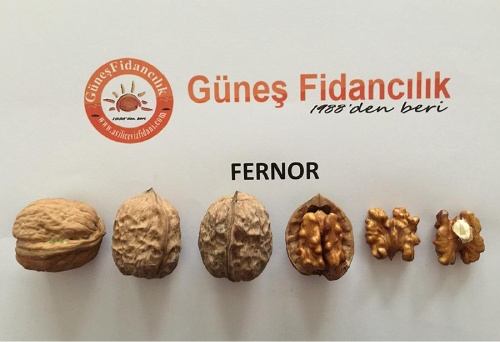
Fernor Walnut Tree - Walnut Fruit Plants
Get Quote
Buy Walnut Trees | Walnut Plant for Agriculture – Walnut Trees for Farming, Latest Price
We have walnut trees for sale from November to the end of March every year. We are the largest producer of walnut trees in Europe. Our production areas are located in Turkey but we export our trees to all countries.
Walnut Plant for Agriculture | Walnut Farming Information
Growing walnut trees for agriculture involves several steps to ensure a healthy and productive walnut plantation. Here is a guide to help you get started:
1. Site Selection:
- Choose a location with well-draining soil and good air circulation.
- Walnut trees prefer deep, loamy soil with a pH between 6.0 and 7.5.
- Ensure the site receives full sun, as walnut trees thrive in sunlight.
2. Variety Selection:
- Select walnut varieties suitable for your region and climate.
- Common walnut varieties include English walnut (Juglans regia) and black walnut (Juglans nigra), but there are many cultivars to choose from.
- Consider disease resistance, nut size, and flavor when making your selection.
3. Planting:
- Plant walnut trees in the spring, as they are dormant during the winter months.
- Dig a hole that is deep enough to accommodate the tree's roots without bending or crowding them.
- Space walnut trees at least 30-40 feet apart to allow for proper growth and airflow.
- Water the newly planted tree thoroughly and mulch around the base to conserve moisture.
4. Pruning and Training:
- Prune walnut trees to develop a strong central leader and remove any dead or diseased branches.
- Training walnut trees into a desirable shape early on can improve future yields and ease of harvesting.
5. Fertilization:
- Conduct a soil test to determine nutrient deficiencies and adjust your fertilization program accordingly.
- Walnut trees typically benefit from nitrogen-rich fertilizers in the spring.
6. Irrigation:
- Ensure consistent and adequate irrigation, especially during dry spells.
- Walnut trees have deep root systems, so deep watering is more effective than frequent shallow watering.
7. Pest and Disease Management:
- Monitor your walnut trees regularly for signs of pests and diseases.
- Common walnut pests include aphids, codling moths, and walnut husk flies.
- Disease management may involve measures to prevent issues like walnut blight and walnut anthracnose.
8. Harvesting:
- Walnuts are typically ready for harvest in the fall.
- Harvest by hand or use mechanical shakers to shake nuts from the tree.
- After harvesting, dry the walnuts thoroughly to reduce moisture content and prevent mold.
9. Marketing and Sales:
- Develop a marketing plan for selling your walnuts, which may include local markets, wholesalers, or processing facilities.
- Consider value-added products like shelled walnuts, walnut oil, or walnut-based snacks.
10. Record Keeping:
Maintain detailed records of your walnut orchard's activities, including planting dates, fertilization, pest and disease management, and harvest yields. This information will help you make informed decisions for future seasons.
11. Long-Term Care:
Continue to prune and maintain your walnut trees as they grow to promote healthy growth and maximize yields.
Growing walnuts for agriculture can be a long-term investment, as walnut trees take several years to reach maturity and produce a significant crop. Proper care, maintenance, and attention to detail are essential for a successful walnut plantation.
- Fernor Walnut Tree Turkey
- Walnut Tree Nursery Turkey
- Gunes Nursery Turkey
- Walnut Tree Turkey
- Walnut Tree Turkey
- Walnut Plant Nursery in Turkey
Customer Reviews
0
0 Reviews
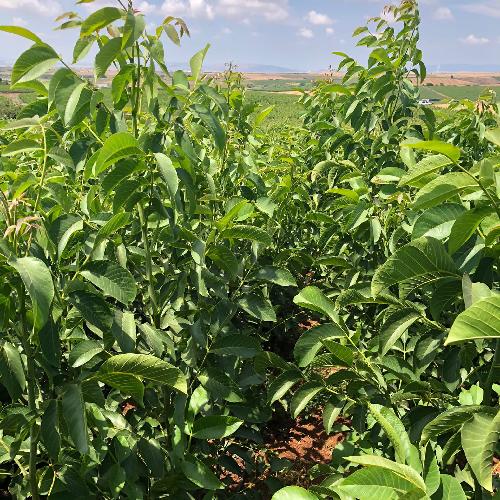
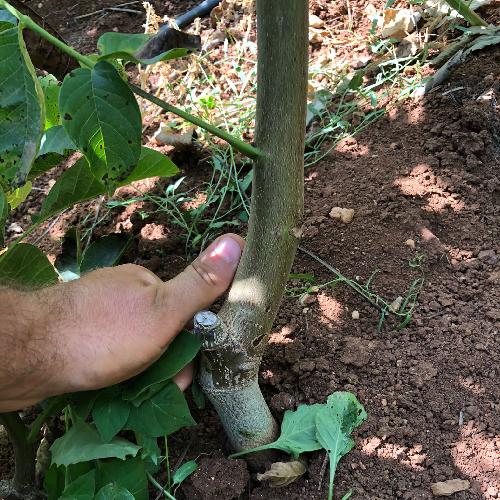
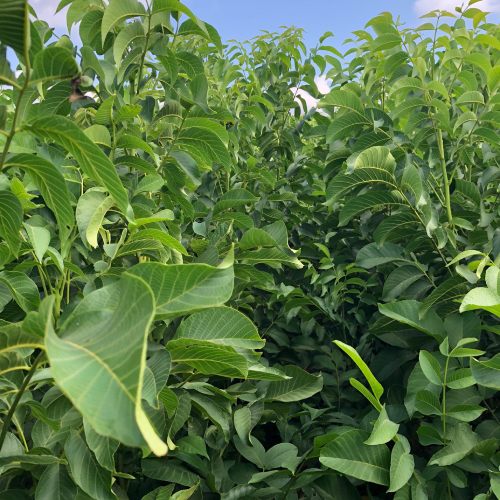
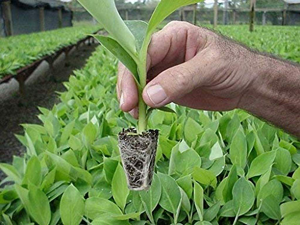



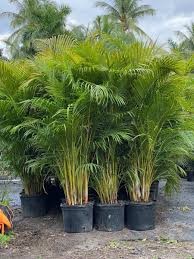
 Flower Plants
Flower Plants  Nursery Plants
Nursery Plants 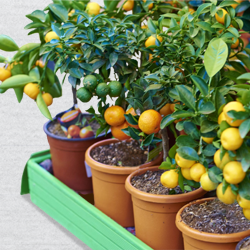 Fruit Plants
Fruit Plants 